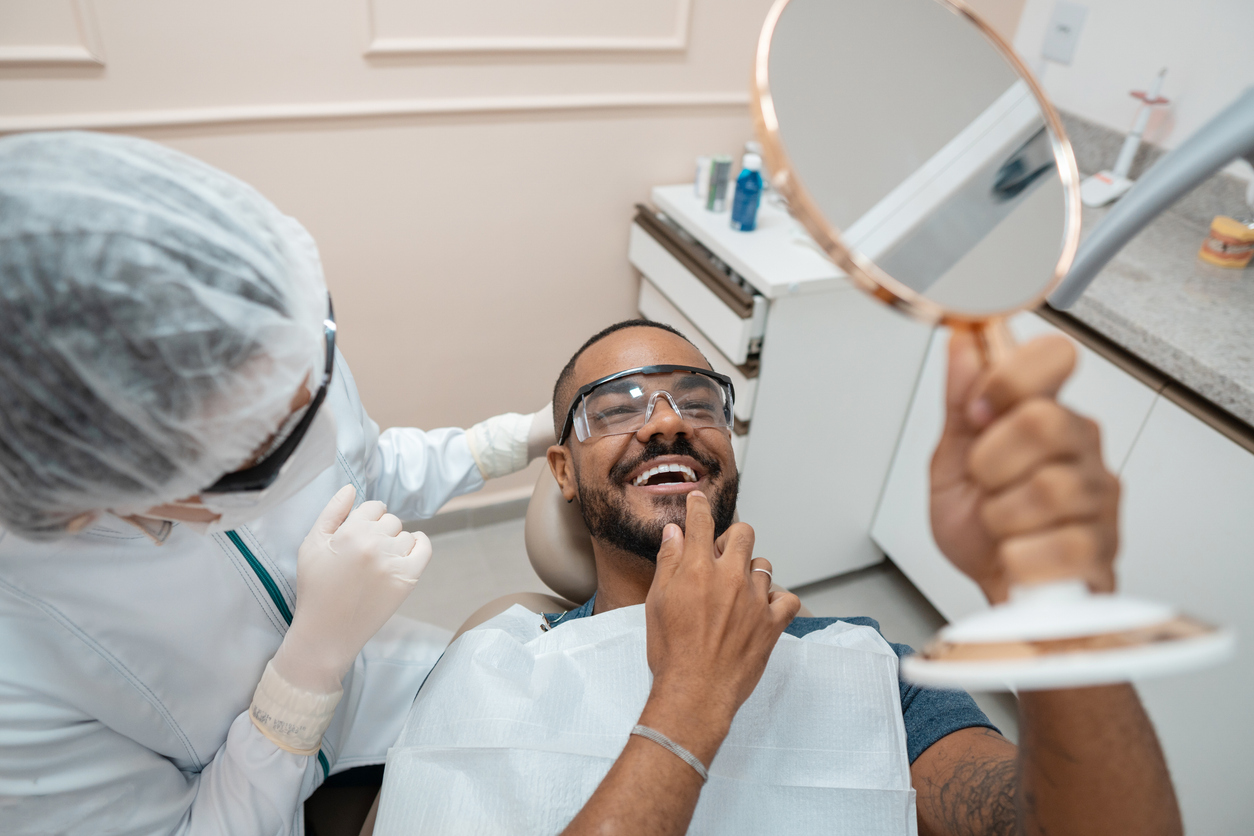Bone health is essential for a stable, healthy smile. The jawbone isn’t just there to hold our teeth in place; it also maintains our facial structure and enables natural chewing and speaking functions. For those with missing teeth or gum disease, jawbone deterioration can lead to a cascade of issues—shifting teeth, changes in facial appearance, and even difficulty with future dental treatments. Fortunately, periodontists like Dr. Trujillo in Phoenix, AZ, have specialized training in preventing and treating bone loss in the jaw, using various advanced techniques to preserve and restore bone health.
Why Bone Health Matters for Oral Stability
Our teeth and jawbone have a unique relationship where each one supports the health of the other. When a tooth is lost, the area of the jawbone beneath it gradually loses density, as it’s no longer being stimulated by the forces of chewing. This process, known as bone resorption, can lead to a shrinking jawbone, affecting the stability of surrounding teeth and even altering the shape of the face over time.
The Risks of Bone Loss After Tooth Loss
Bone loss in the jaw can progress quickly after a tooth is lost. Without a natural tooth or a strong replacement, the bone in that area can start to resorb within just a few months. For those considering dental implants or who already wear dentures, bone density is crucial for achieving a comfortable, lasting fit. A periodontist, like Dr. Trujillo, can help manage and even reverse these effects, helping patients maintain their natural jaw structure and avoid complications down the road.
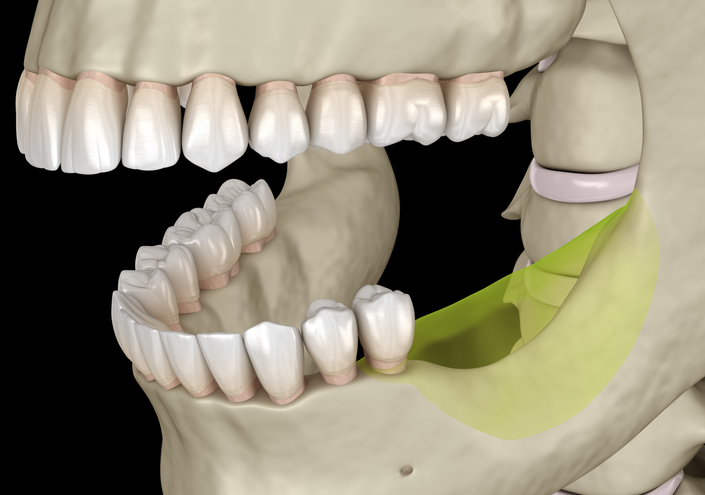
Here’s how periodontists prevent and treat bone loss, and how these techniques can benefit you.
Techniques Periodontists Use for Bone Loss Prevention and Treatment
Bone Grafting
Bone grafting is a technique periodontists used for patients who have already experienced some degree of bone loss. This procedure involves placing bone material in areas where bone has deteriorated, which helps stimulate new growth. Bone grafting not only reinforces the jaw but also enables future procedures like dental implants if desired.
Types of Bone Grafts:
- Autografts – Bone is harvested from another area of the patient’s body, often the hip or a different part of the jaw.
- Allografts – Bone from a donor source, usually a tissue bank, is grafted to the jaw.
- Xenografts – Bone material from an animal source, typically bovine, is sometimes used.
- Alloplasts – Synthetic materials designed to act like natural bone can also be used.
Each type of graft serves unique needs, and Dr. Trujillo will recommend the best one for your specific situation.
Ridge Preservation
When a tooth is extracted, an empty socket remains, which can quickly become a site of bone loss. Ridge preservation, also known as socket preservation, involves placing bone material in the socket right after extraction. This method helps retain the natural shape and density of the bone in that area, making it an excellent option for those considering future implants. By immediately filling the socket with bone material, ridge preservation prevents bone resorption, preserving the jawline and supporting both aesthetics and function.
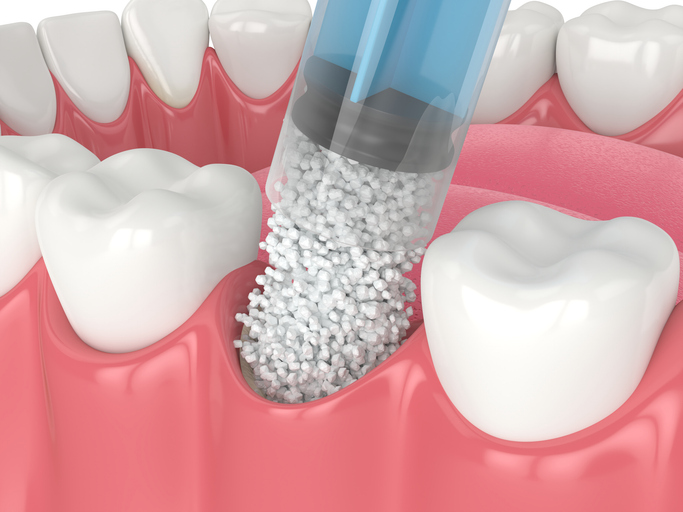
Guided Bone Regeneration (GBR)
Guided Bone Regeneration, or GBR, is a technique that uses a special membrane over a bone graft to encourage new bone growth in areas of extensive loss. The membrane acts as a barrier, ensuring that only bone cells, not gum tissue, fill the area. GBR is especially useful for patients who need substantial bone rebuilding for dental implants or to stabilize neighboring teeth.
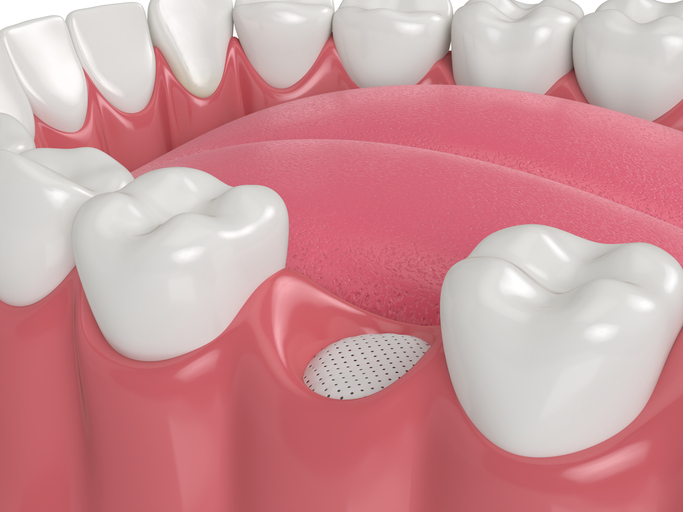
Sinus Lift
For individuals missing teeth in the upper jaw near the back, a sinus lift or sinus augmentation is often necessary. When bone loss occurs near the sinuses, there may not be enough height for an implant. In a sinus lift, the sinus membrane is carefully raised, and bone material is added beneath it, creating the depth needed for implants. This procedure not only strengthens the area but also helps preserve facial symmetry.
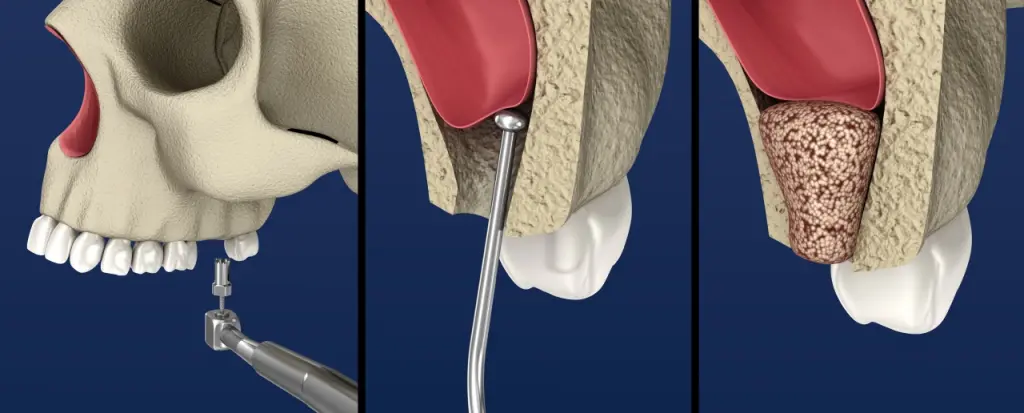
Periodontal Maintenance and Treatment
Bone loss can also result from untreated gum disease. Severe gum disease, or periodontitis, causes the bone surrounding the teeth to deteriorate. Regular periodontal maintenance, including deep cleanings and, in some cases, laser treatments, can slow or stop the progression of bone loss. This ongoing care is vital for protecting your jawbone and ensuring long-term dental health.
Platelet-Rich Plasma (PRP) and Platelet-Rich Fibrin (PRF)
Innovative approaches such as PRP and PRF involve using the patient’s own blood to promote healing and bone growth. After drawing a small blood sample, it’s processed to concentrate platelets and growth factors, which are then applied to the surgical site. These treatments can speed up recovery and support the success of bone grafts and other procedures.
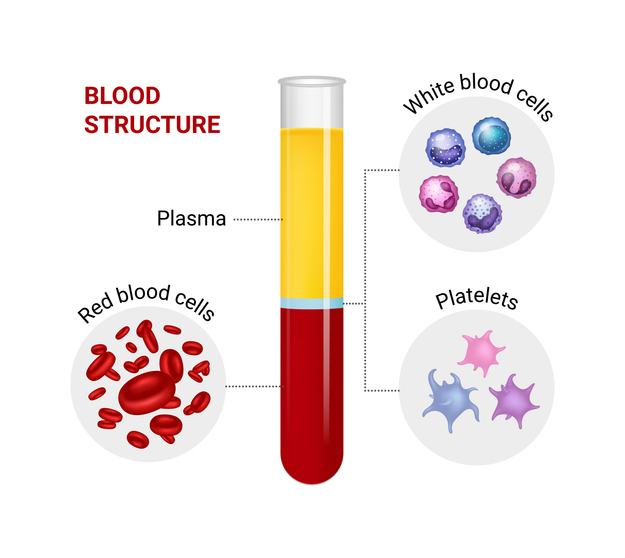
Long-Term Benefits of Maintaining Jawbone Health
Preserving jawbone health provides several long-lasting benefits, especially for those considering implants or who are dealing with tooth loss. Here’s why a strong jawbone matters:
- Better Facial Aesthetics: Bone loss can lead to a sunken or prematurely aged appearance. Keeping the jawbone intact helps preserve a youthful facial shape.
- Improved Oral Function: A stable jawbone supports chewing, speaking, and smiling with confidence. For those with implants or dentures, having a solid bone structure helps ensure a secure, comfortable fit.
- Protection for Remaining Teeth: Bone health helps prevent further tooth loss by providing a stable environment for surrounding teeth, reducing the chances of additional shifting or loss.
Take Charge of Your Jawbone Health with a Periodontist’s Help
If you’re concerned about bone loss or have been told you need bone preservation, meeting with a periodontist can be a proactive way to protect your oral health. Dr. Trujillo and his team in Phoenix, AZ, are ready to evaluate your needs and create a plan to support the long-term strength and stability of your jawbone. Whether you need ridge preservation, bone grafting, or other advanced procedures, a periodontist’s care can make a lasting difference in your oral health.

Schedule Your Consultation Today
Ready to take the next step in preserving your smile? Dr. Trujillo specializes in bone preservation and restoration techniques tailored to each patient’s needs. Contact our office in Phoenix, AZ, today to schedule your consultation and learn how we can help you maintain a strong, healthy foundation for years to come.
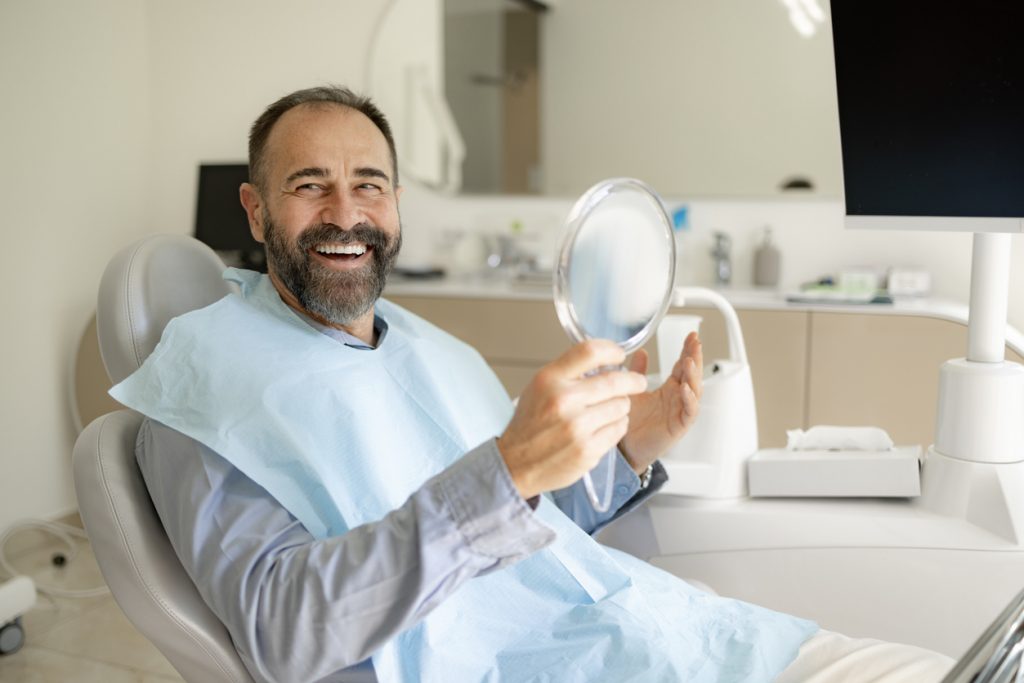
Don’t Let Tooth Loss Cause Bone Loss
Call Dr. Trujillo in Phoenix, AZ, for a personalized treatment plan! We want you to feel confident and smile your best. Call today!





